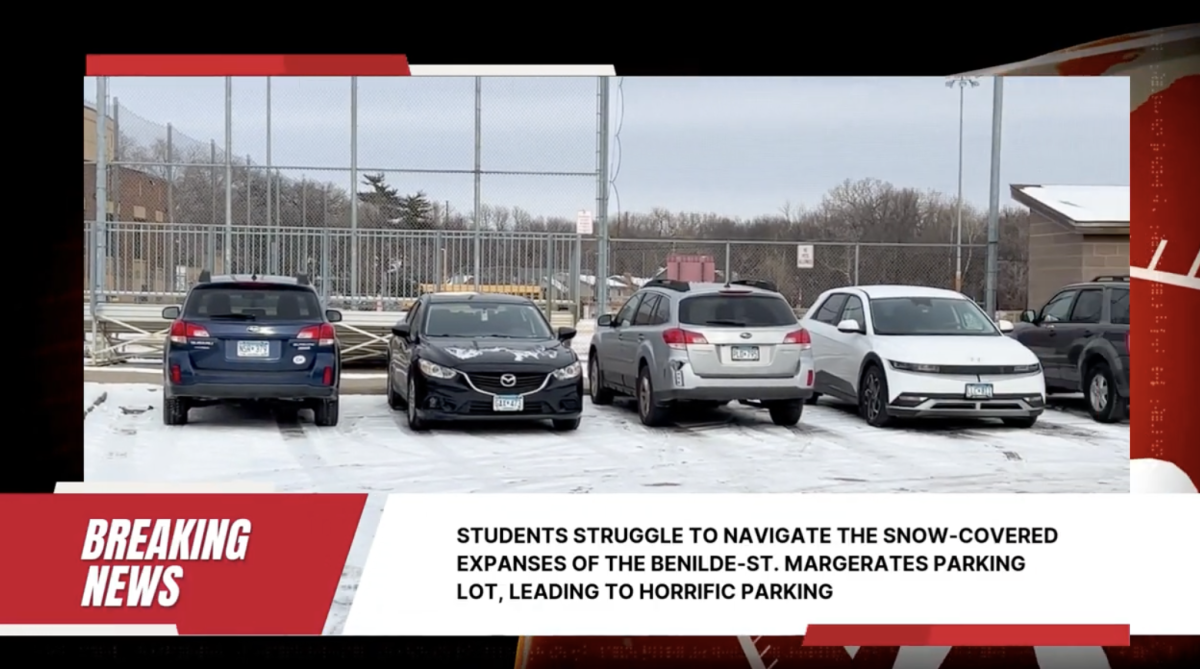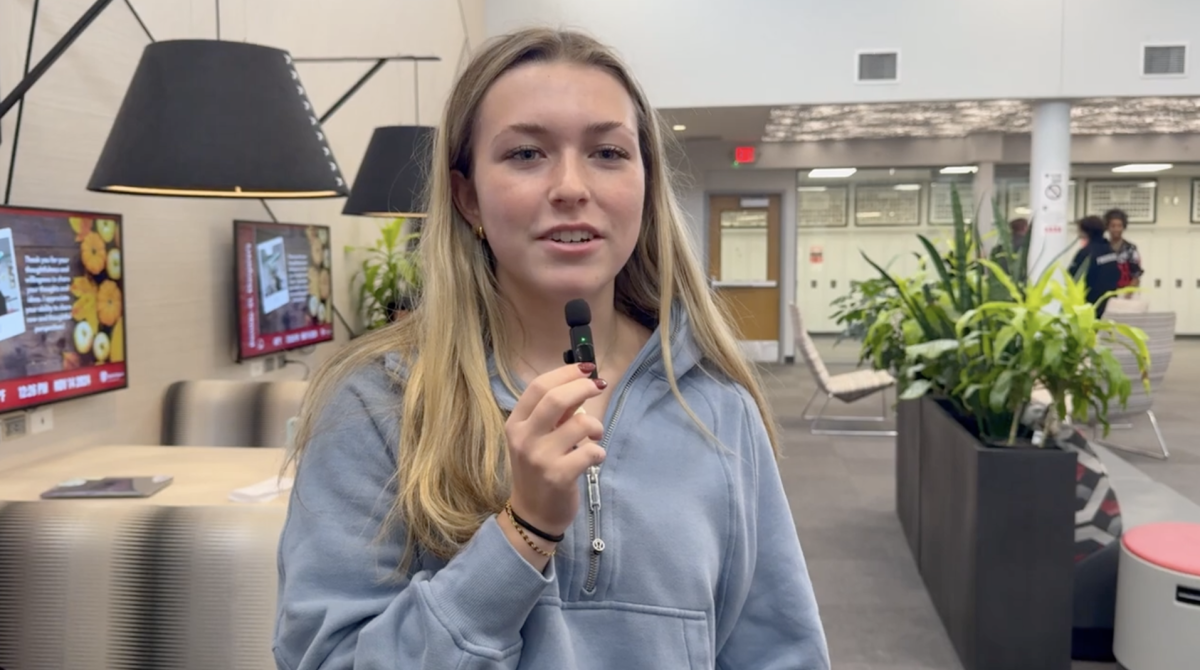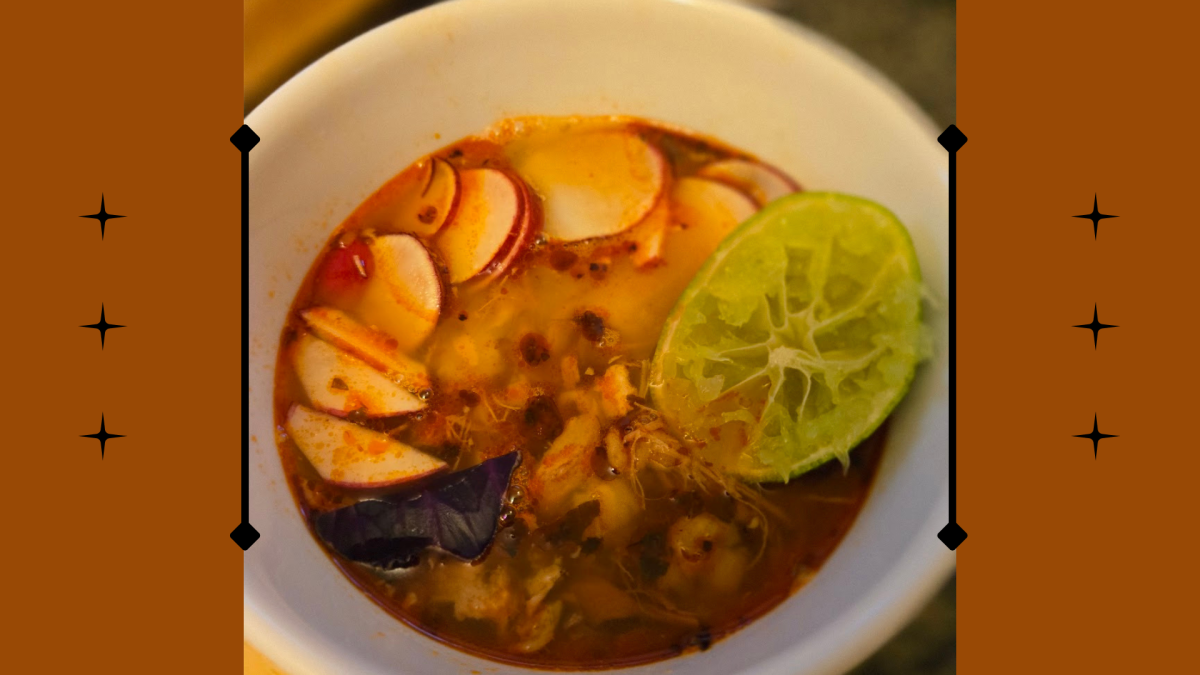Hispanic Heritage Month is a celebration of Hispanic and Latino culture, history, and identity. It begins on September 15th and comes to a close on October 15th; in this way, the celebration takes place during the most independence days of Hispanic countries. By celebrating Hispanic people and their influence on the United States we welcome and appreciate diversity in today’s society and here at Benilde-St. Margaret’s.
Hispanic History Month was first celebrated in 1968 to honor the impact of Hispanic and Latino peoples on this country. Latinos have been part of this country’s history since its beginning. Hispanic people helped fight in the Revolutionary War and a large part of the American South was once home to Mexicans. Today Hispanics are an integral part of our society, greatly contributing to the economy and working as 78 percent of farm workers in America. “The United States has always been seen as this melting pot, this multilingual, multicultural, accepting country that allows everyone to pursue what they want and to work for their goals and dreams, so the purpose is to recognize that culture within the United States community, to highlight it,” Spanish teacher Alena Paulson said.
While Hispanic Heritage Month is a national celebration, it’s important for BSM students to participate as well. The Ceramics class has found an interesting and engaging way of teaching Latin culture and history. Ceramics teacher Kate Mich is teaching indigenous Mexican pottery and its origins that were recently rediscovered by Juan Casada. “I met a gentleman there named Michael Wisner, and he had gone down to Mata Ortiz and learned Juan Casada’s process and brought it back up. Why it’s so impressive is Casada took this very poor village and essentially started teaching people how to make pots and how to be artisans, then they taught their friends and family. Now the village is filled with over 500 artisans; it’s thriving, their pots are sought after across the world, and they all still are doing their ceramics,” Mich said.
Hispanics have contributed thousands of stories to the history of the United States, yet most of them never see the sun. From walkouts in California staged by Chicano students to the Panama Canal and its impact on the transportation of goods, we are directly impacted by Hispanic people. It’s important to acknowledge this and commit time to learning these stories. “It teaches [students] about grit and it teaches them about never giving up. It shows them that solving problems with what you have is more than possible,” Mich said.
Here at BSM, it is especially important to recognize and celebrate other cultures. Due to our small school population, we naturally have less diversity than regularly seen in the wider world, and it’s important to understand the different backgrounds of others. This can be done by researching, learning about, and participating in the culture. Examples of this include cooking or eating Hispanic dishes and food like Pozole, Arepas, Arroz con Pollo, and more. “It’s important for kids to learn to adjust some of those myths, or the prejudices that we might have, and you can do that in your classes, whether it’s an activity, reading something, or watching a movie, we [need to] offer you as a student the opportunity to get to know those cultures, languages, heritages, and traditions because that is part of what the real world is. When you leave BSM, you need to be able to have real-world experience, because you’re not going to be able to be successful if you go into a job and you have coworkers who are from all over the world,” Spanish teacher Mary Murray said.

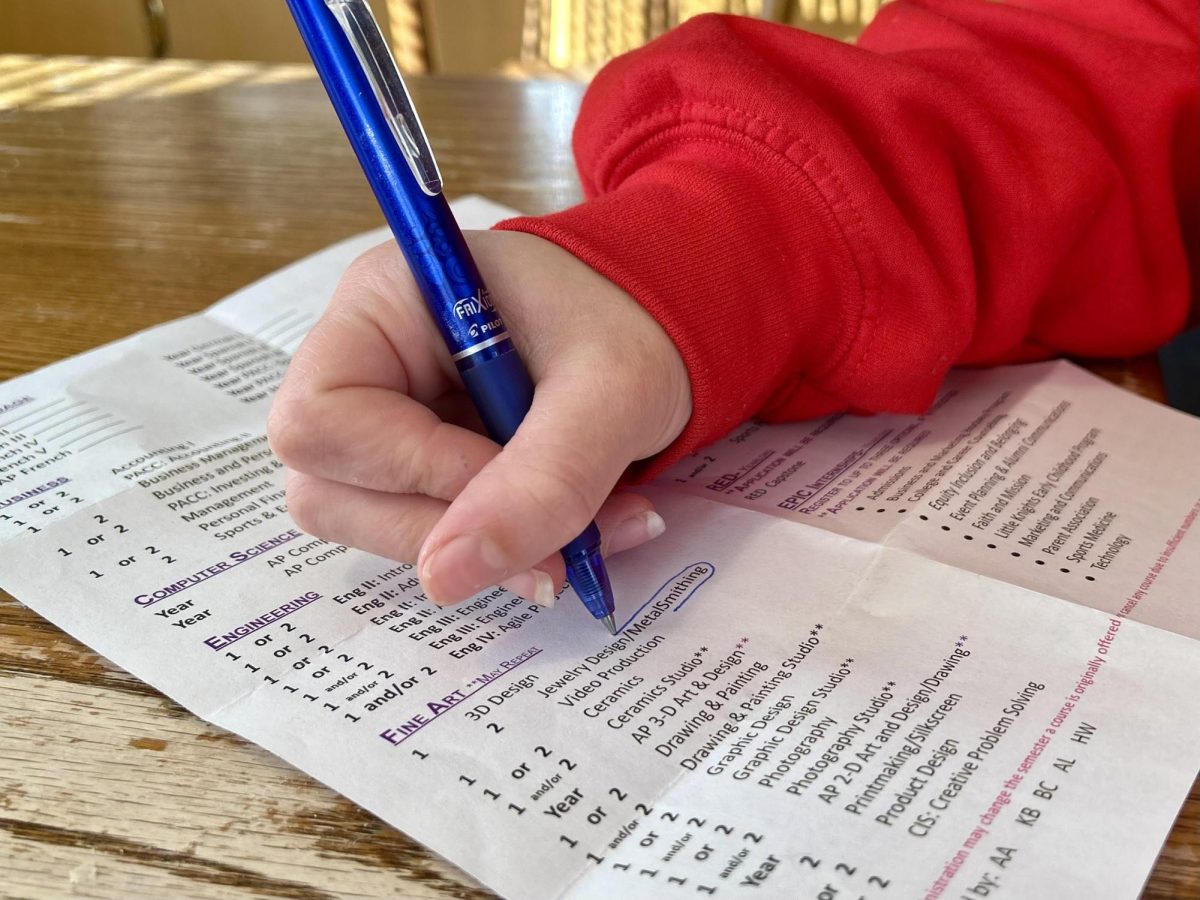
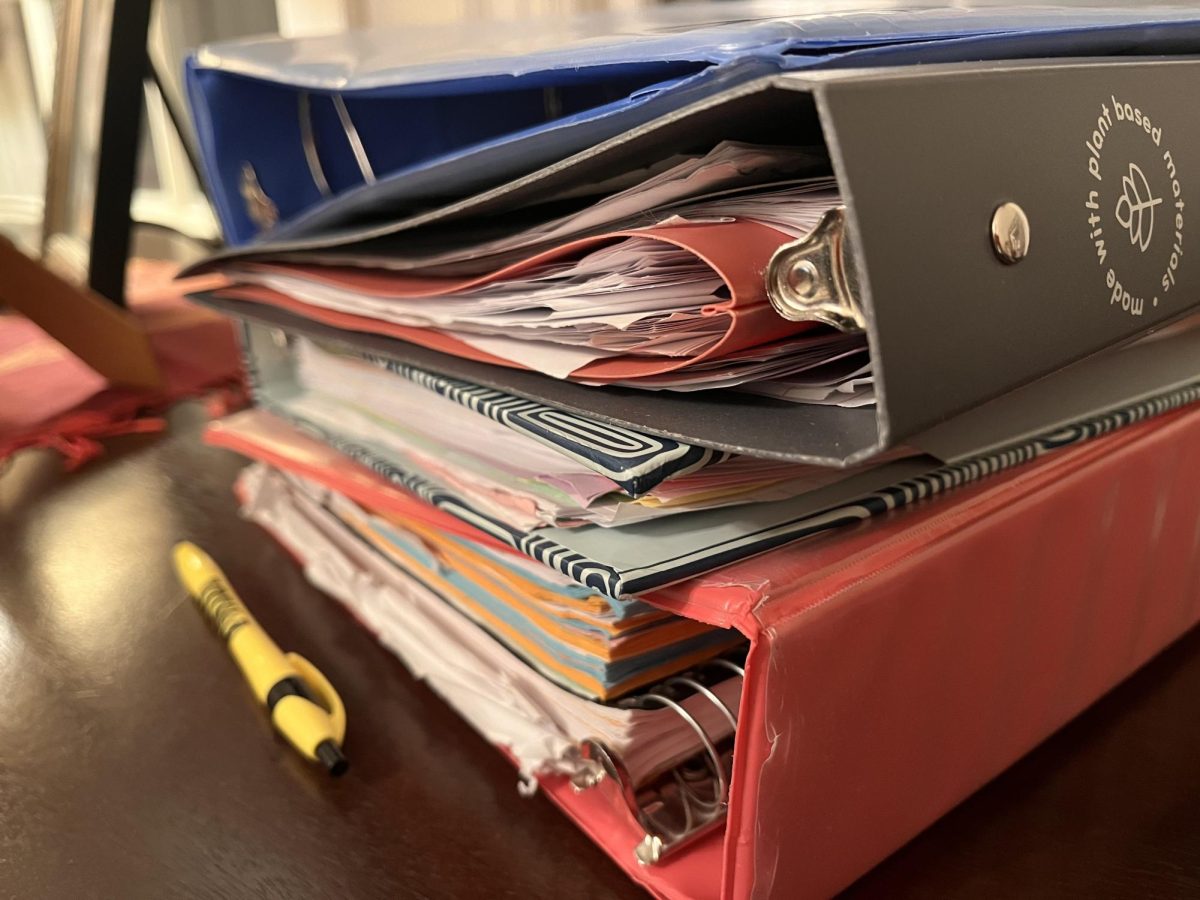
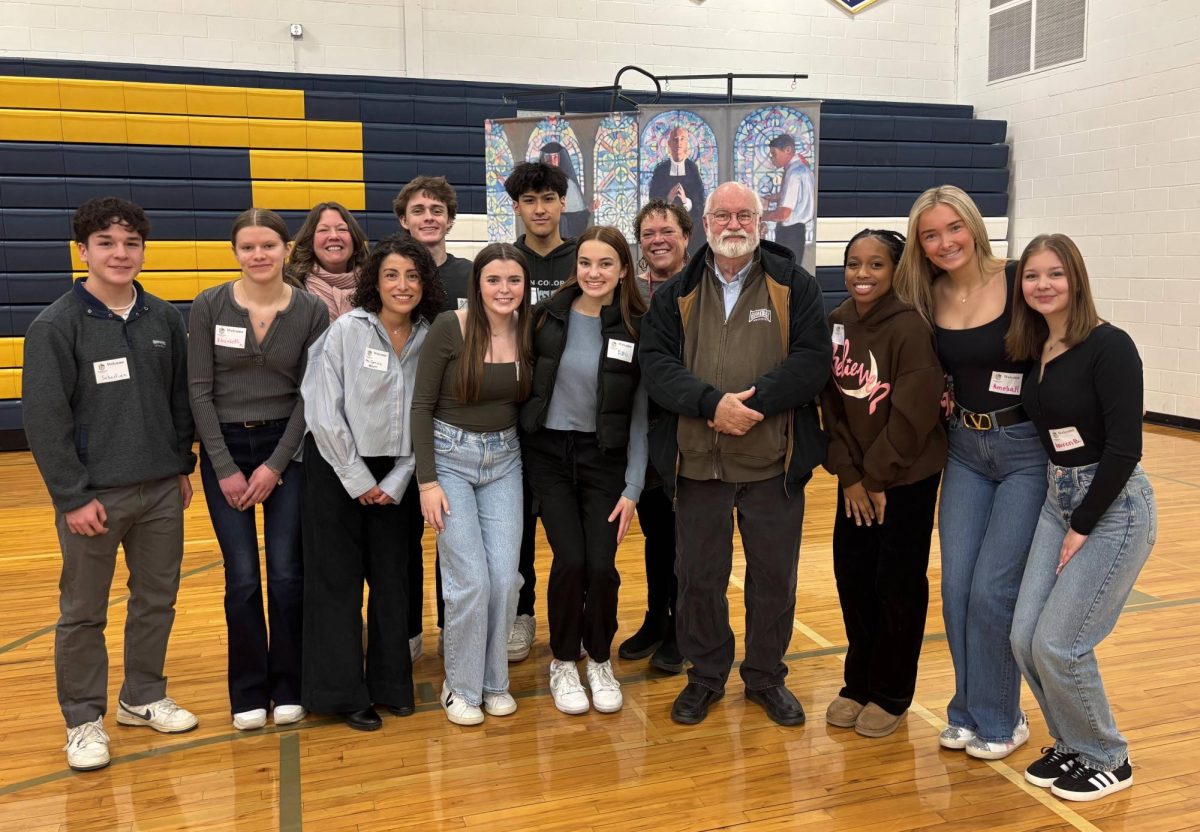
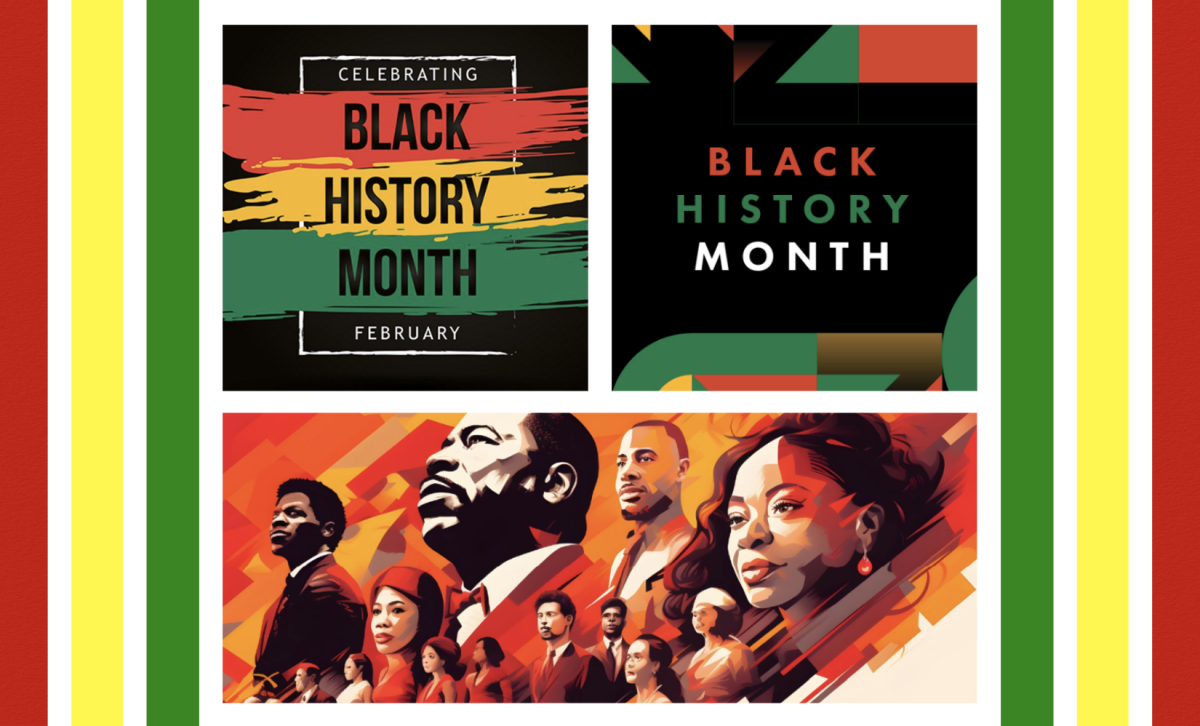
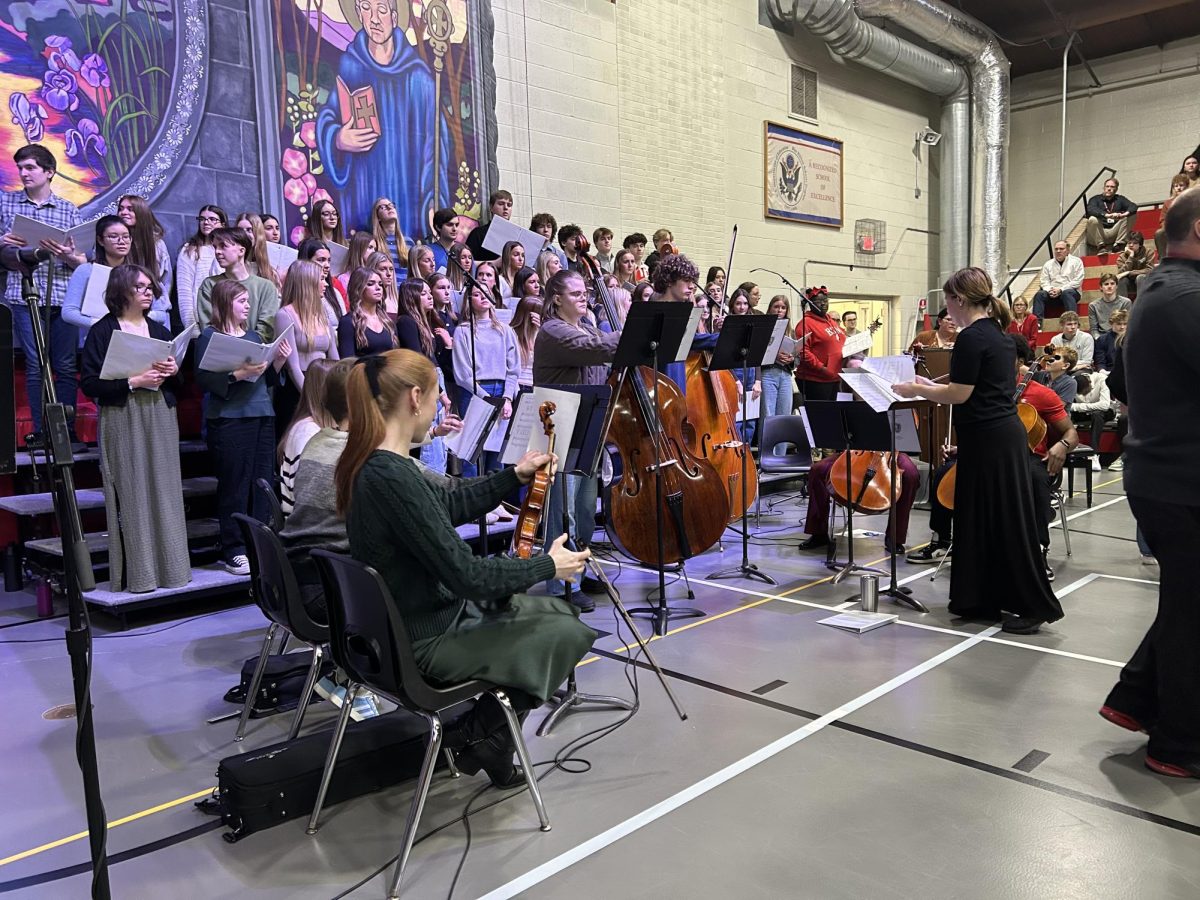
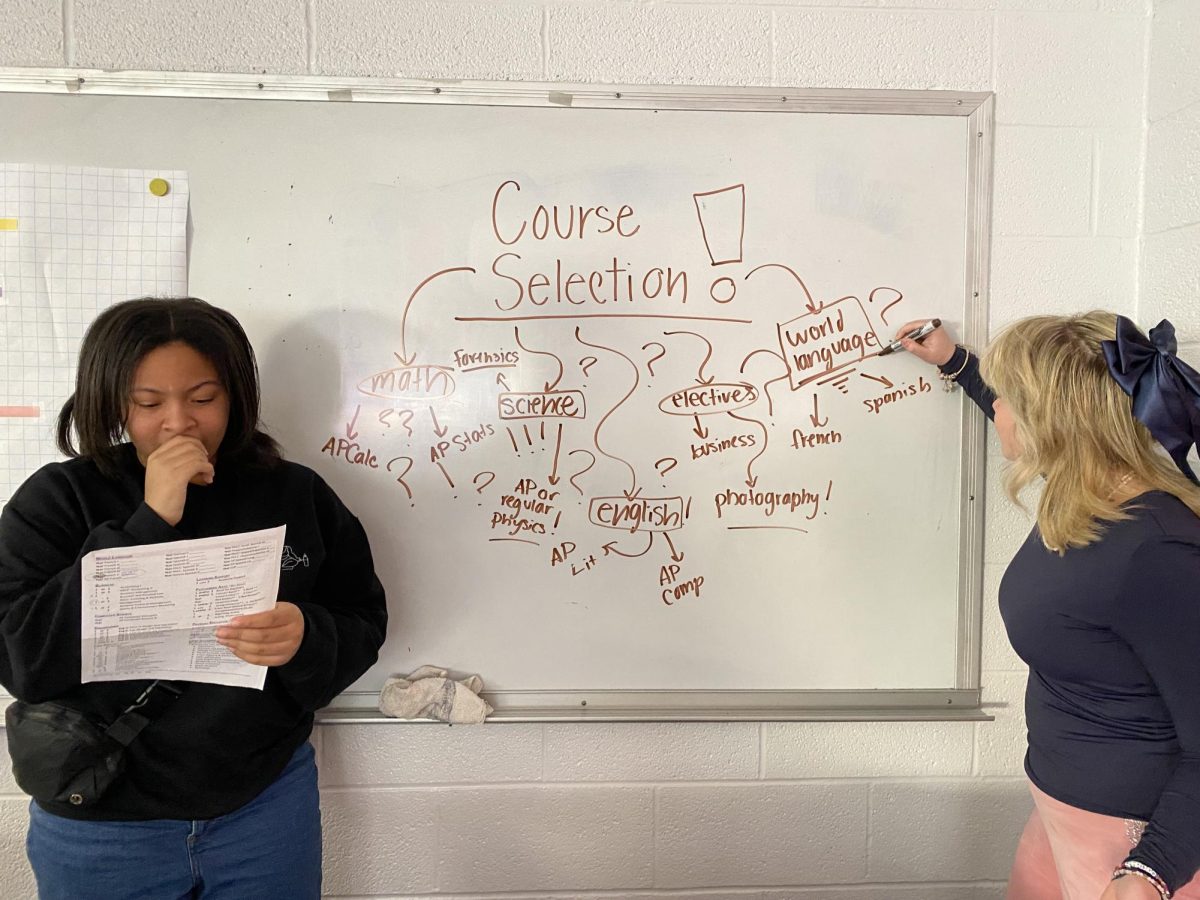
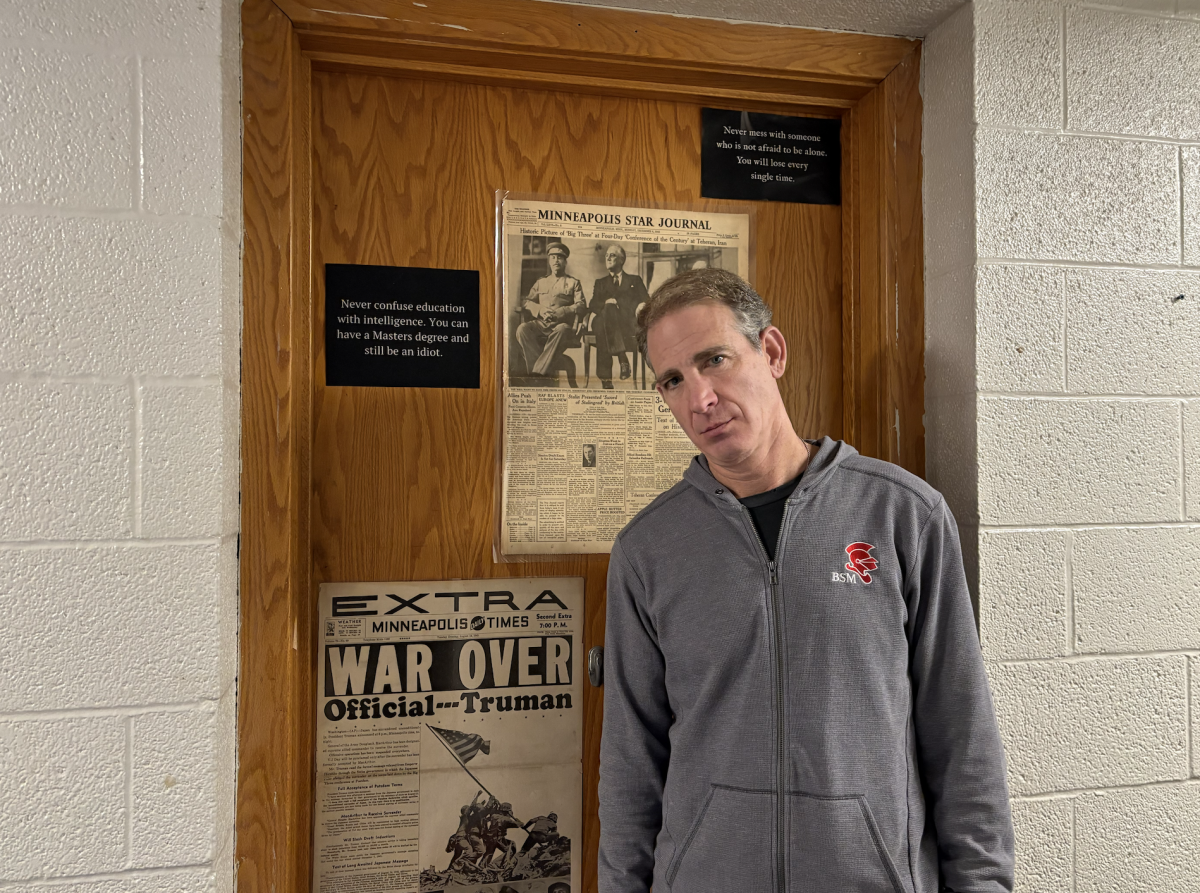

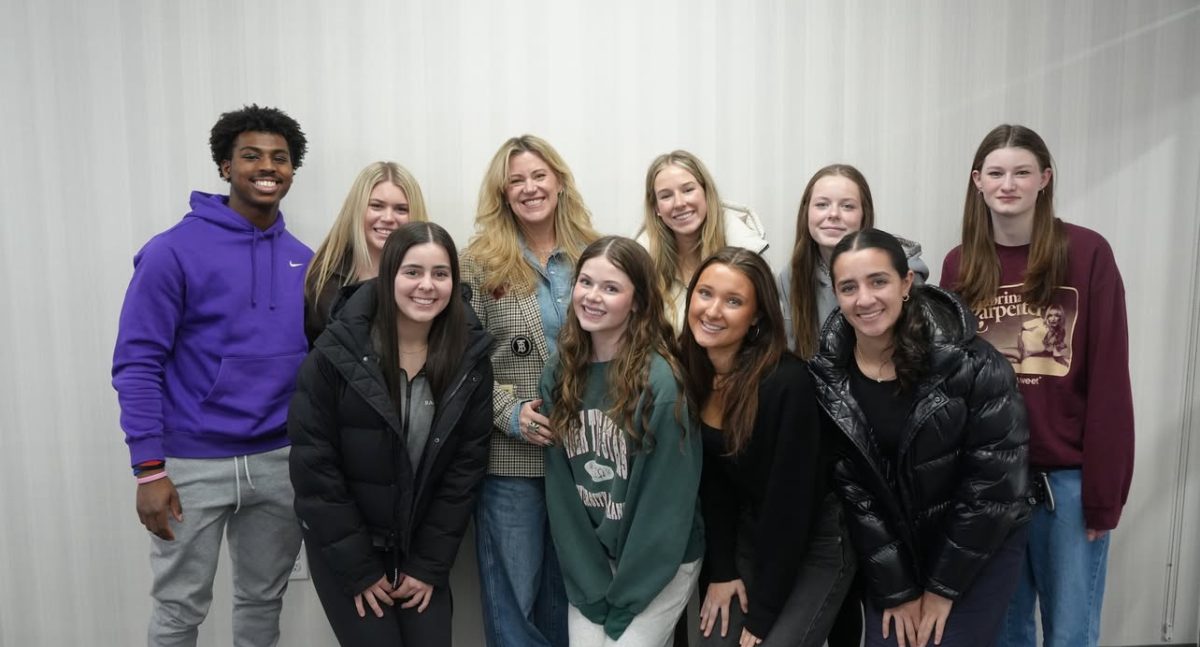
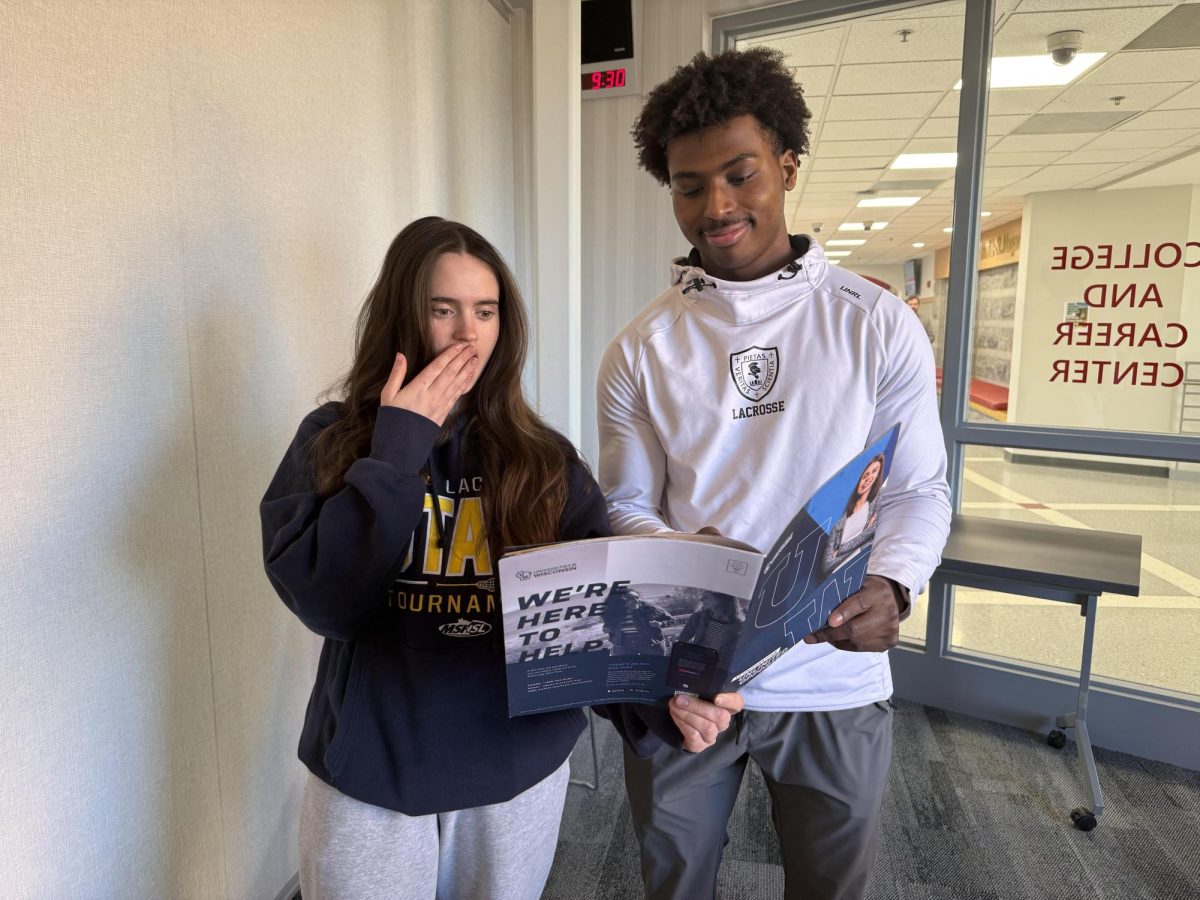


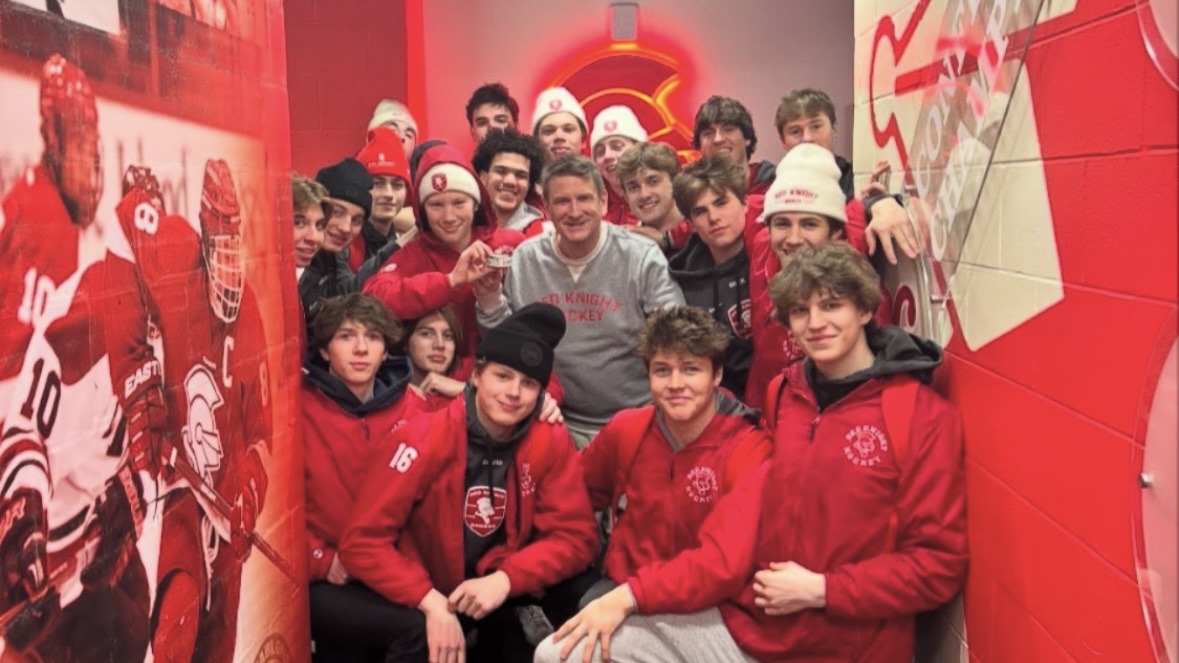
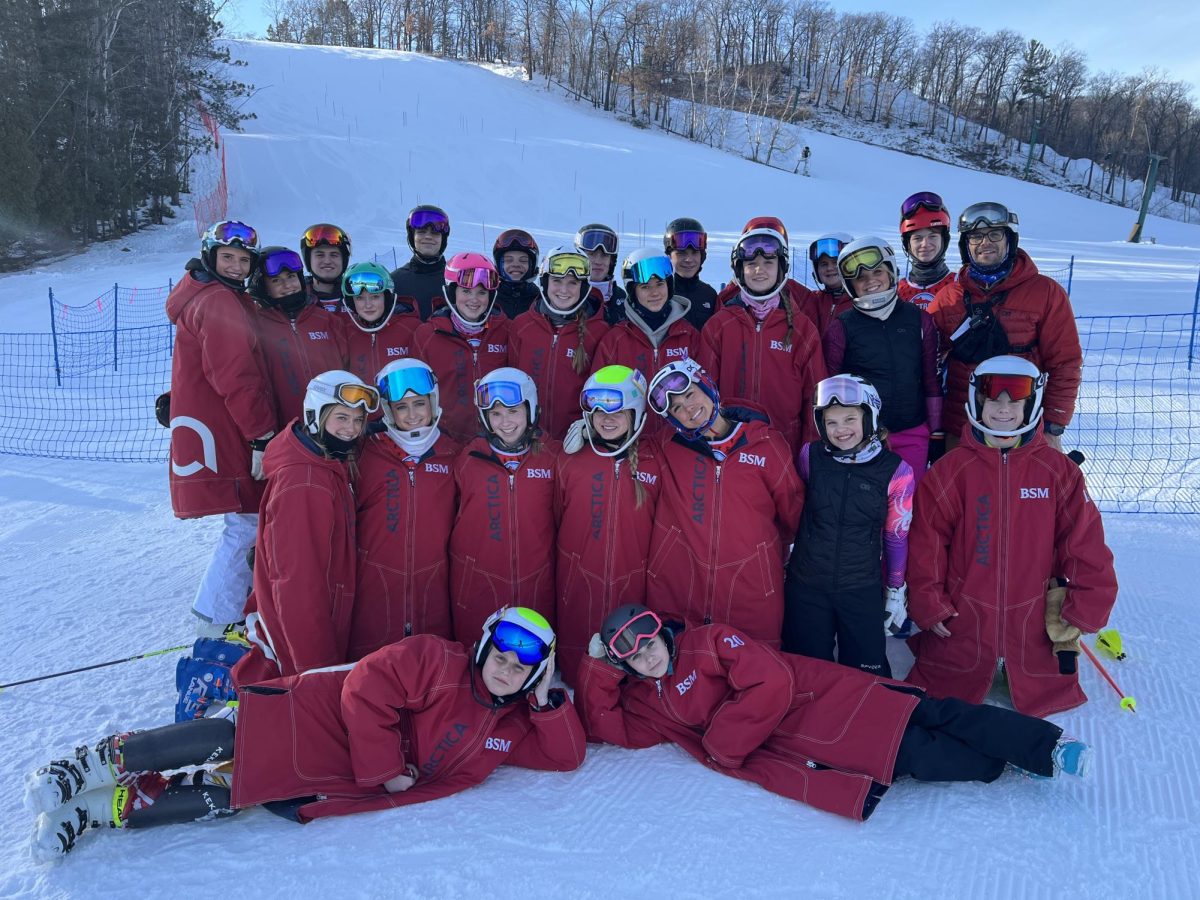
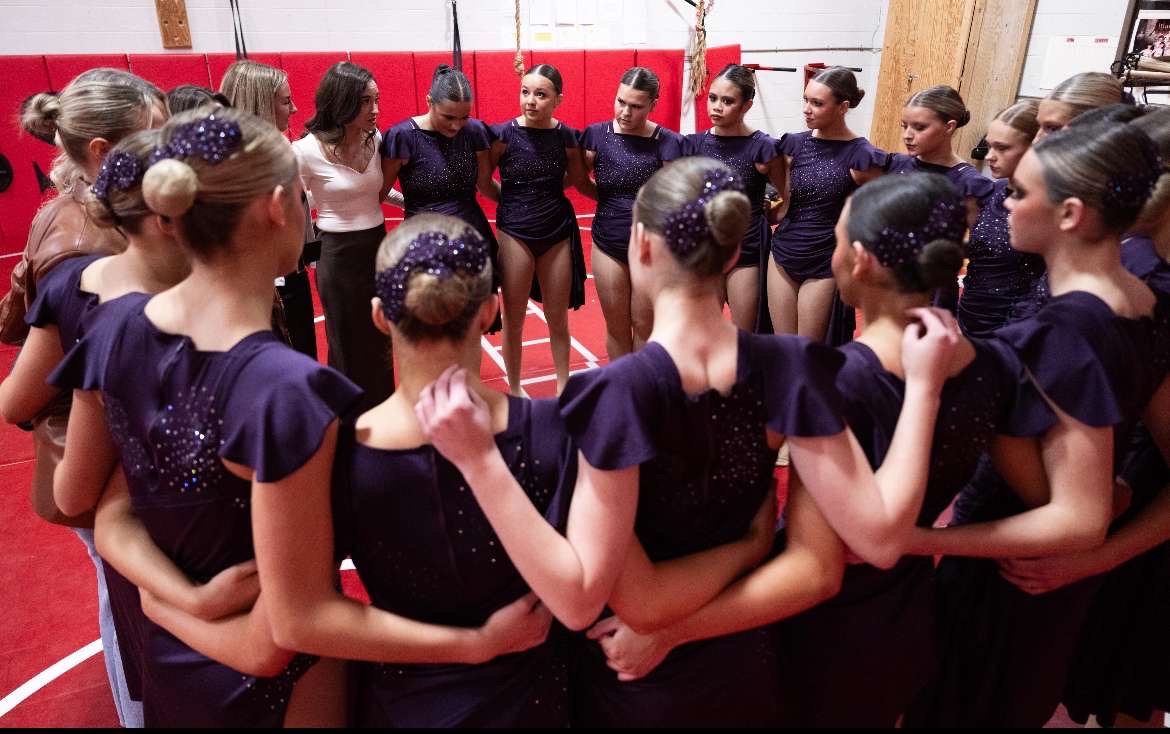





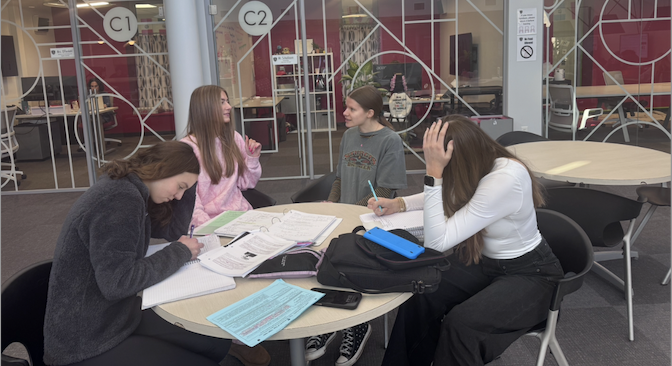

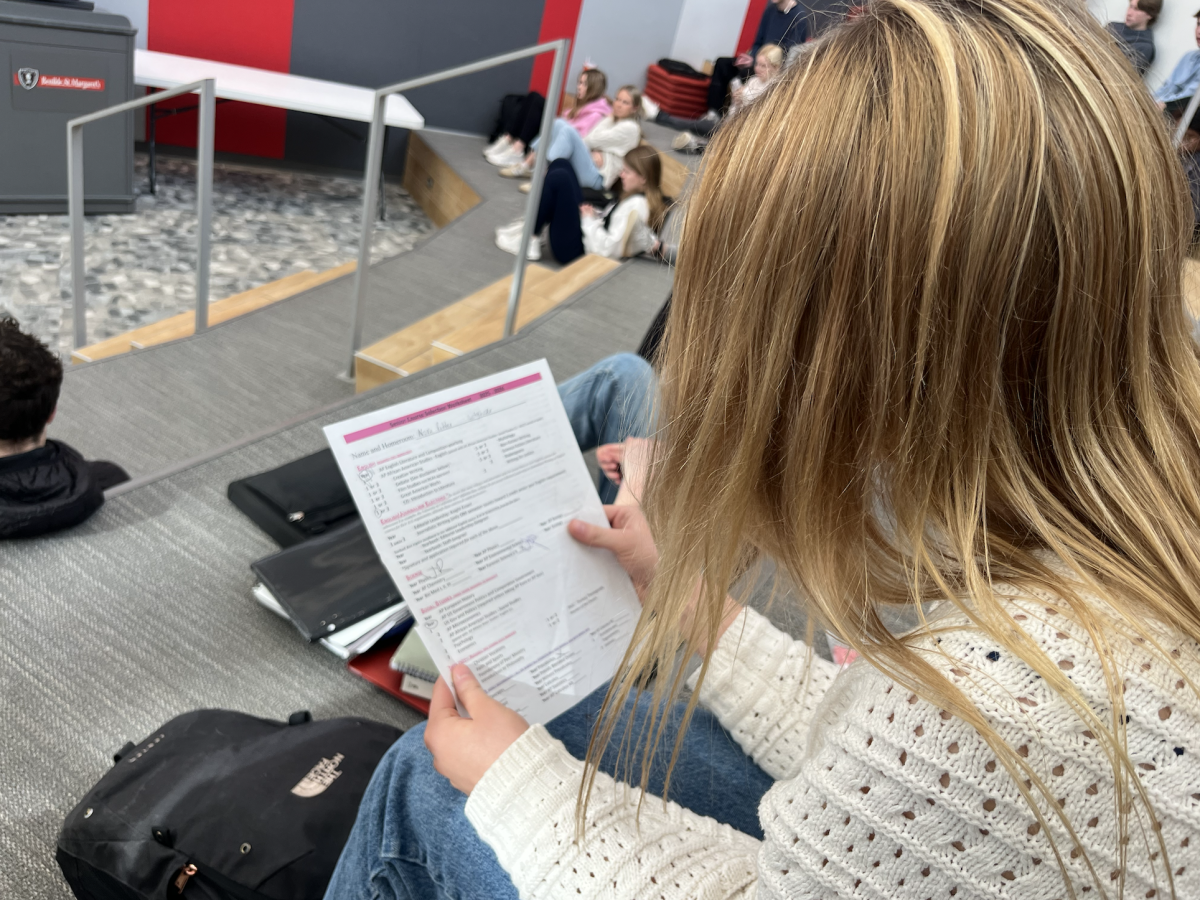
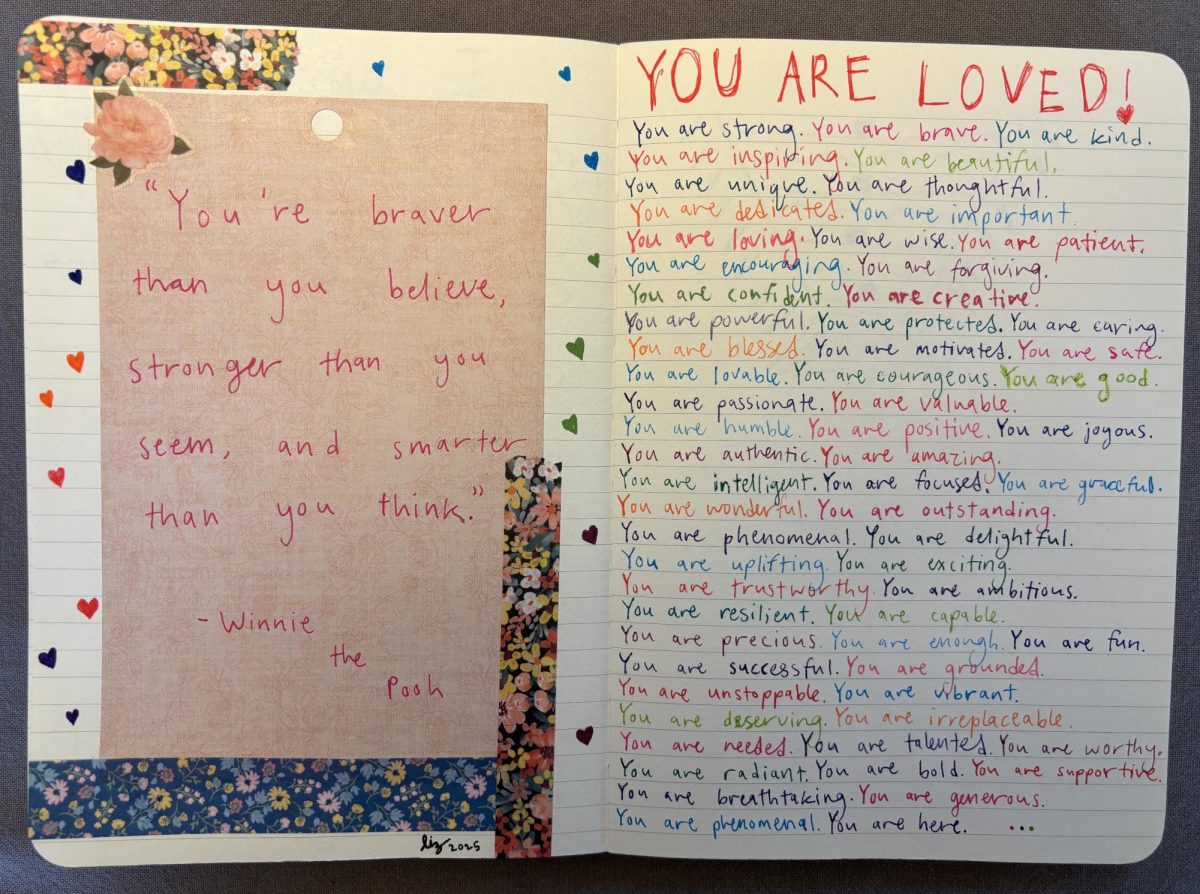
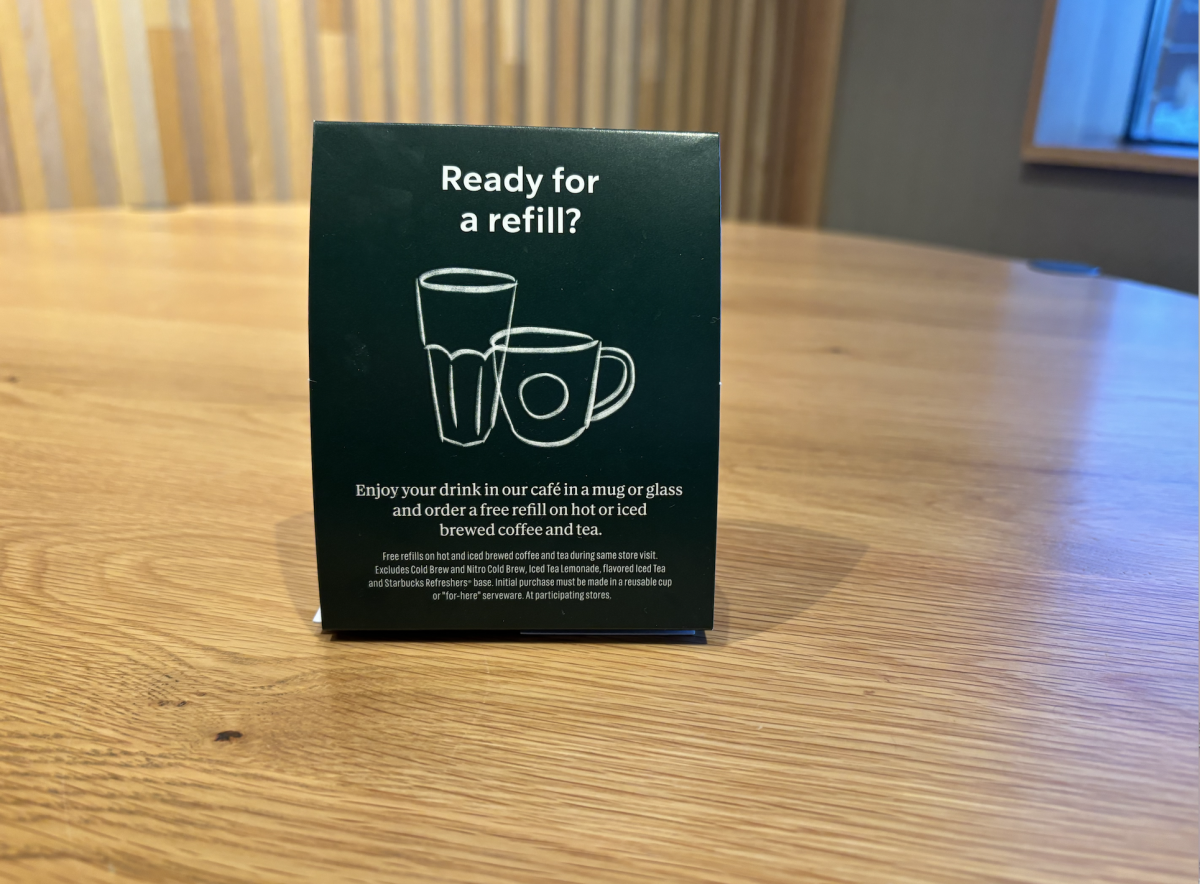


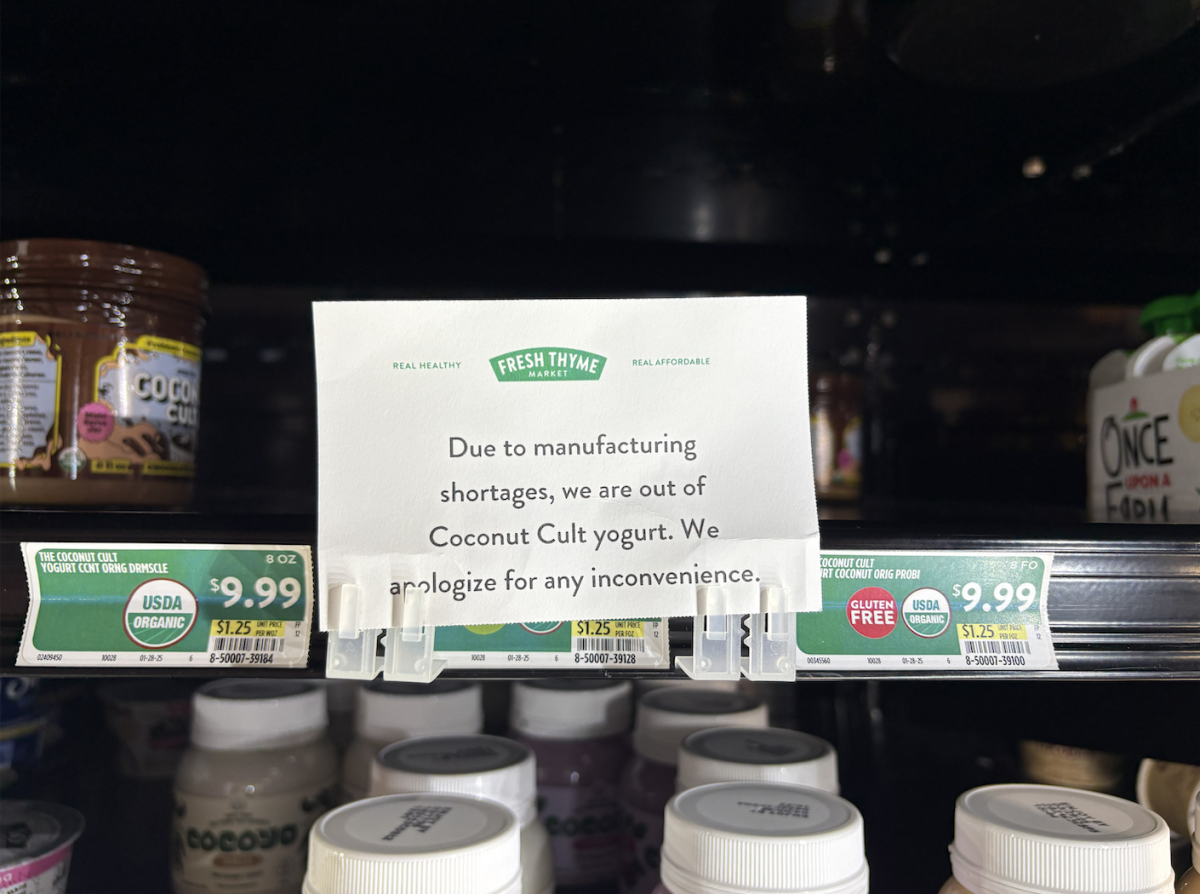
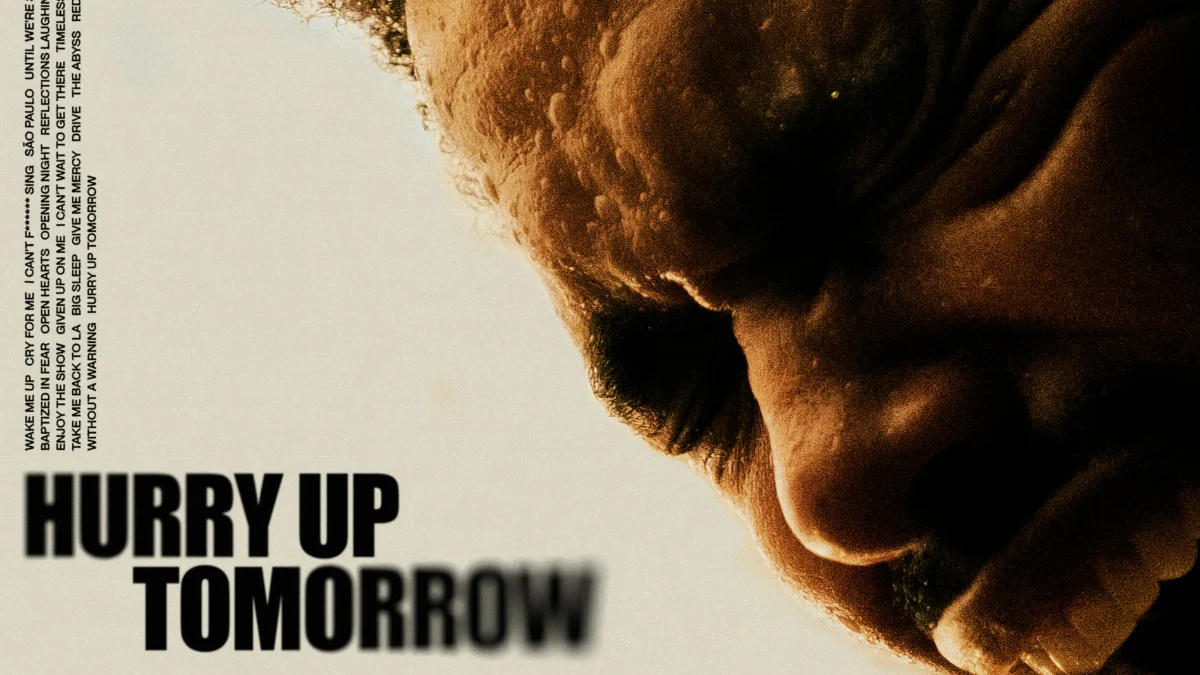





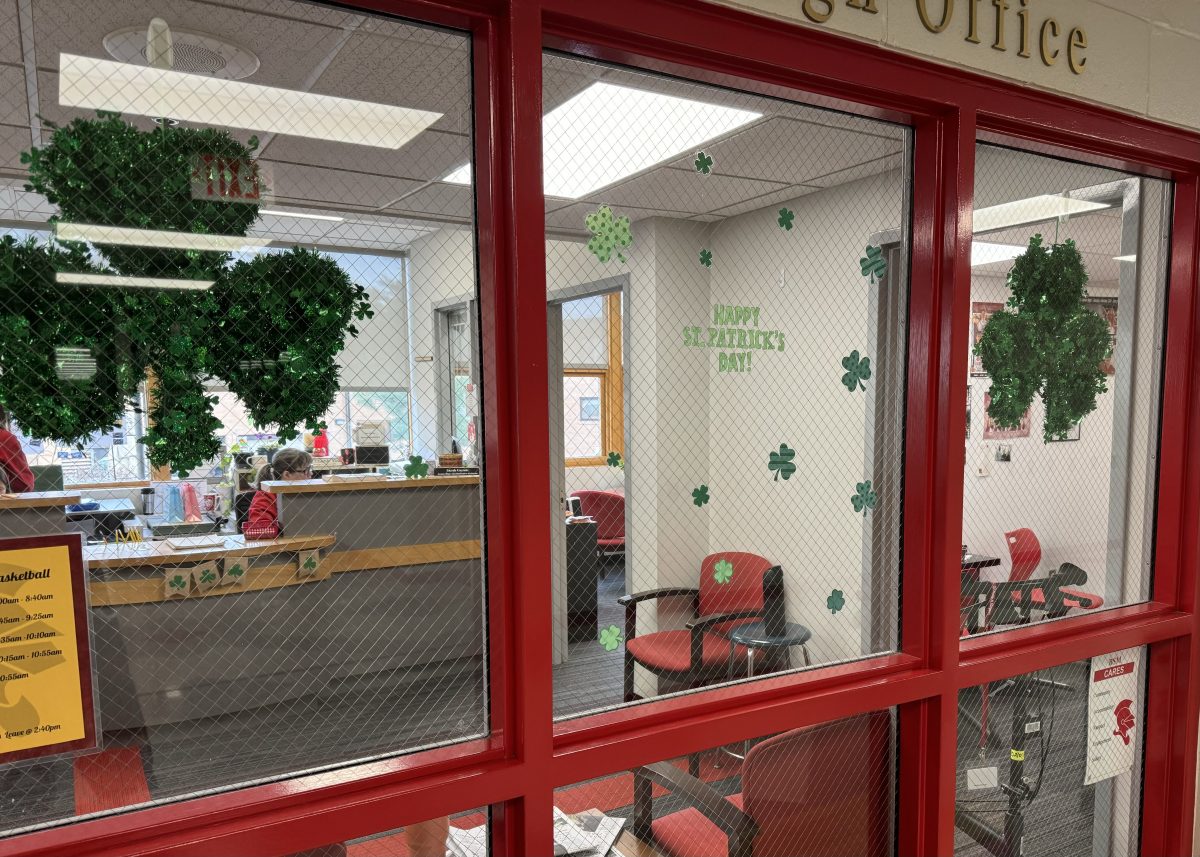
![Teacher Lore: Mr. Henderson [Podcast]](https://bsmknighterrant.org/wp-content/uploads/2025/03/teacherlorelogo-1200x685.png)
